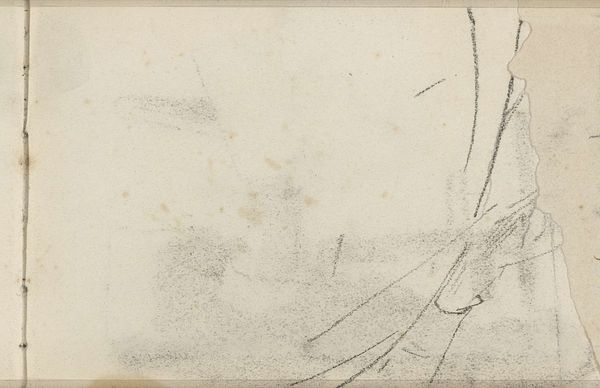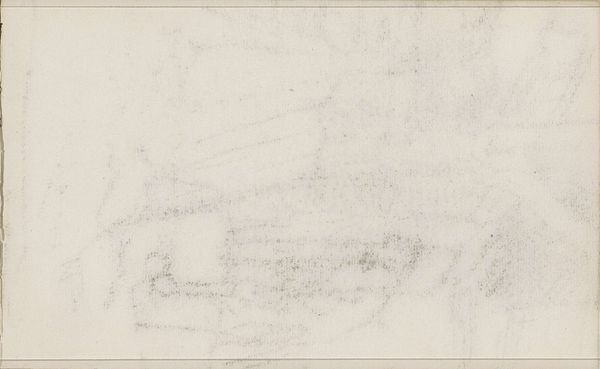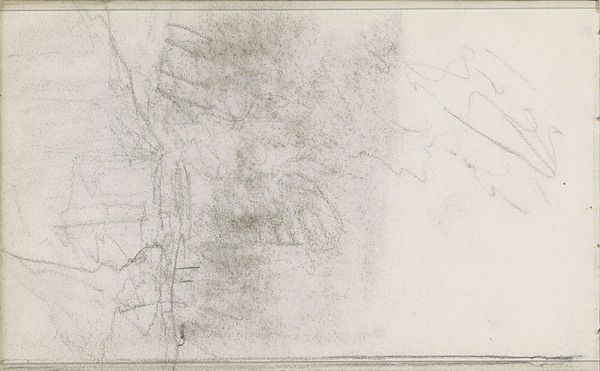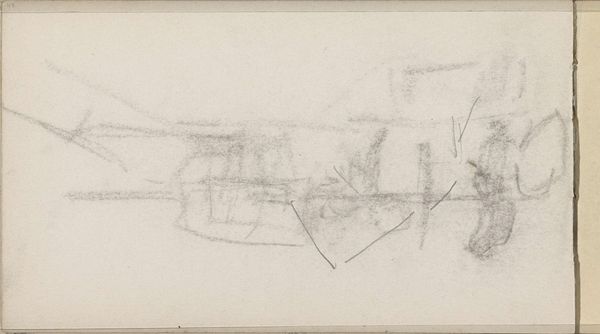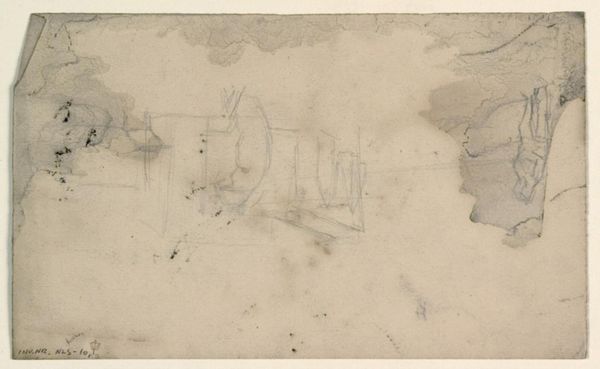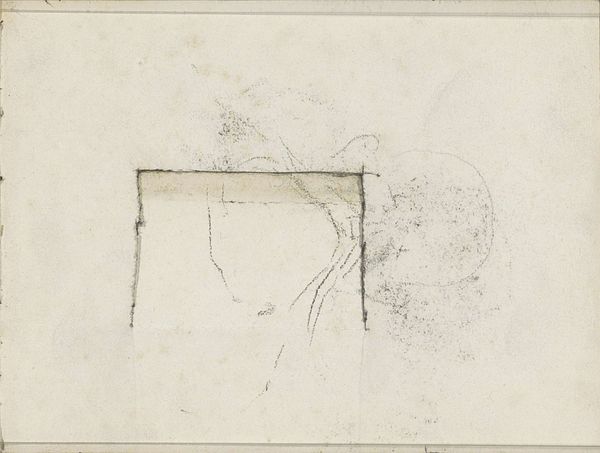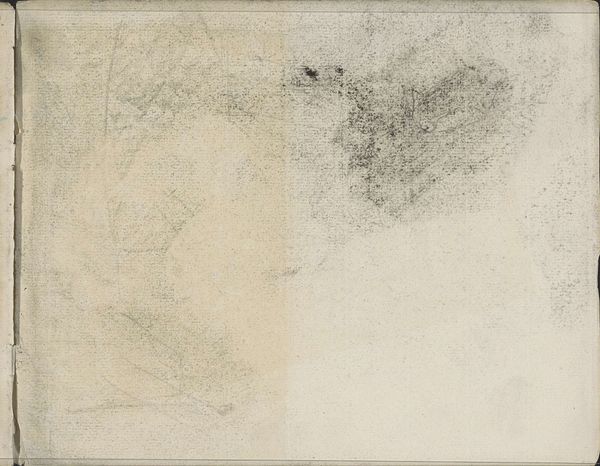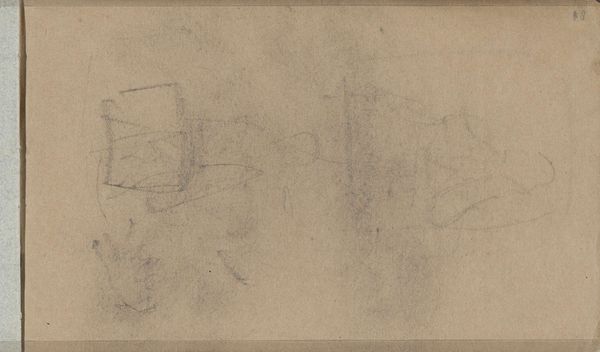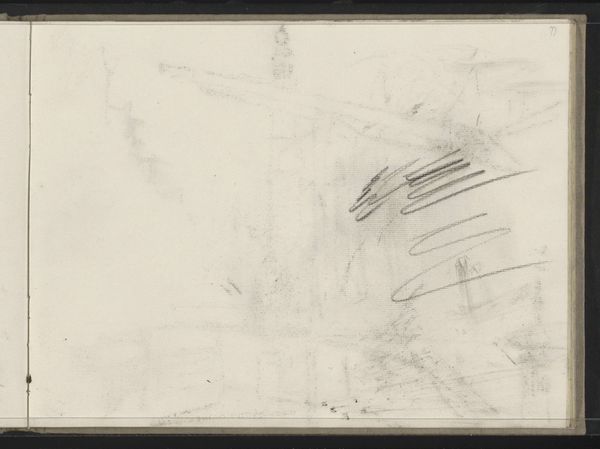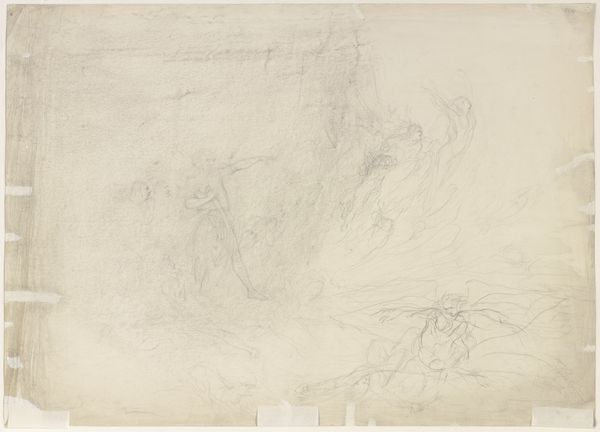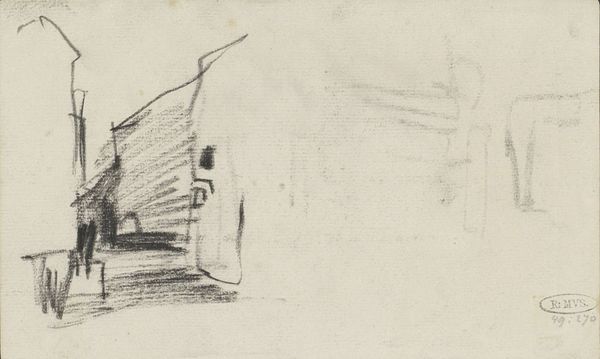
drawing, pencil
#
drawing
#
pencil sketch
#
landscape
#
pencil
#
realism
Dimensions: height 155 mm, width 240 mm
Copyright: Rijks Museum: Open Domain
Curator: Here we have "Enkele schuiten," or "A Few Skiffs," a pencil drawing by Anton Mauve, created sometime between 1848 and 1888. It’s currently held at the Rijksmuseum. Editor: It’s such a fleeting impression. A sense of boats emerging from the mist or fading into it. A bit bleak, yet also serene. Curator: Indeed. Mauve was part of the Hague School, and this drawing exemplifies their interest in capturing the atmospheric conditions of the Dutch landscape, particularly focusing on the lives of ordinary people working on the land and water. The medium, a humble pencil, reflects this ethos, democratizing art. Editor: It feels deeply connected to labor. Think about the construction of these skiffs—the specific wood used, the hands that shaped them. Also, about what are the lives and stories that each ship would tell, the journey that took place. Those details, barely visible, hint at a larger context of human toil and trade intertwined with the natural environment. Curator: Absolutely, and if we think about gender, we must understand that women were part of shipping since they wove the sails, so there's always an active role in the process. Even beyond their construction, fishing villages depended on those trades. It’s an artwork where we can examine not only labor as an object, but its process in gender construction and daily survival, with class distinctions. Editor: It really does make you consider the socio-economic realities of the period, how reliant communities were on these seemingly simple vessels. These "few skiffs" represent more than just boats; they stand for industry, resilience, and the daily grind of a maritime existence. Curator: So, considering its quiet simplicity, the drawing packs a considerable political and social punch, wouldn't you agree? Editor: It certainly does. Its strength lies in its unassuming presentation of the daily grind, prompting reflection on the broader socio-economic structures. The more you explore its material and cultural roots, the more resonant it gets.
Comments
No comments
Be the first to comment and join the conversation on the ultimate creative platform.
